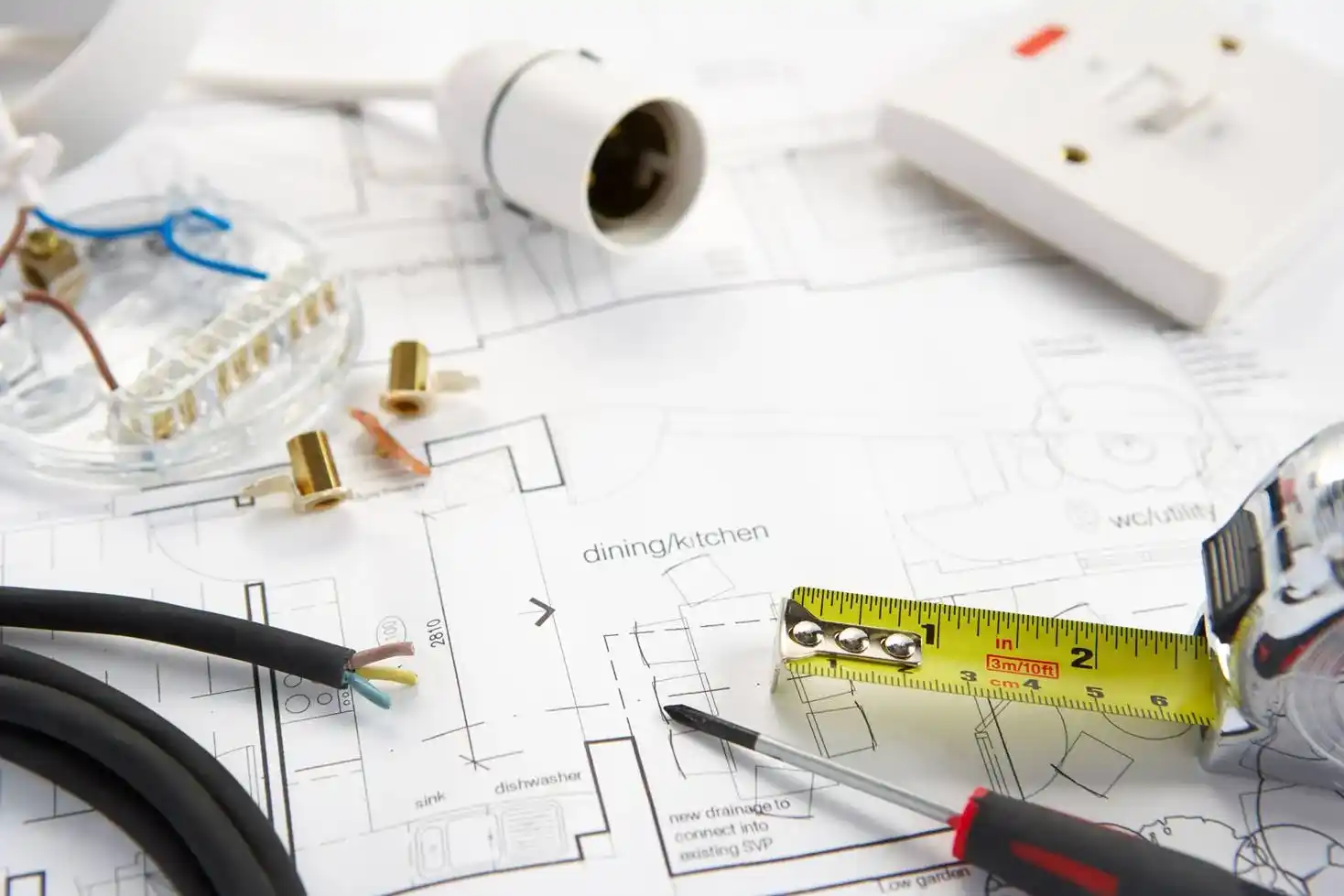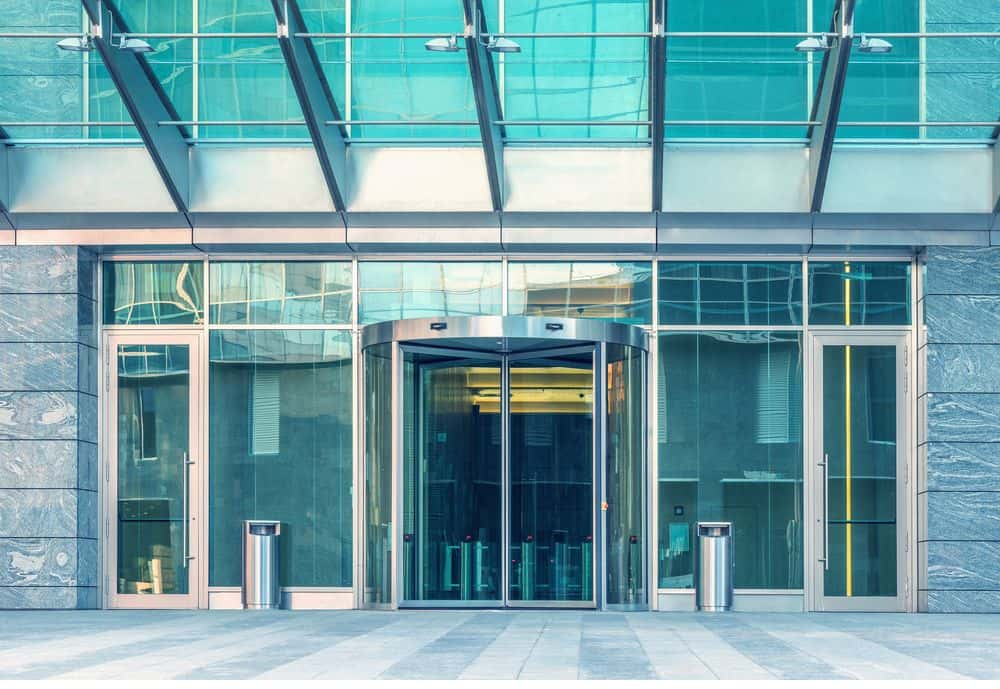Daylight has two key advantages over artificial lighting. In the first place, daylighting reduces electricity bills because it is available for free. In addition, it offers perfect color rendering performance, allowing the colors and textures of objects to be appreciated without visual distortion. No artificial light source can offer this combination of benefits:
- Incandescent and halogen lighting matches the color performance of daylight, but both types of lighting are inefficient and expensive to operate. Another disadvantage of incandescent and halogen bulbs is their short service life, typically under 1,000 hours of use, which means replacements are needed frequently.
- LED fixtures offer a very low operating cost, but many products do so at the expense of color performance. Some of the latest LED lamps are designed to replicate the warm and natural color output of incandescent lighting, but this generally comes with a higher price tag.
Interested in Energy Modeling Engineering Solutions?
We can model new or existing buildings.
LED lighting is a high-performance technology, offering significant energy and maintenance savings throughout its service life, but daylight is always the winning option when available. However, there are three important factors to consider for effective daylighting implementation:
- The sun has a heating effect, and a successful daylighting design must minimize it while still allowing sunlight to enter the building. If solar heating is not controlled it can raise air conditioning loads significantly, negating part of the potential savings.
- Sunlight is unavailable during nighttime and limited during cloudy days, so the building must be equipped with controls that adjust artificial lighting in response to this. Also, controls ensure that savings are achieved when natural lighting is enough, by dimming or turning off indoor fixtures.
- Daylighting design must ensure that the sun is not directly visible for occupants, since the resulting glare is unbearable. The same applies for shiny surfaces that can reflect the sun, which cause glare as well.
Daylighting is highly recommended in commercial buildings, contributing positively to employee motivation and productivity, and addition to providing energy savings.
Optimizing Window Orientation for Daylighting
Windows play a very important role in any daylighting design, since they should be placed so that natural light can enter the building, but at the same time heating and glare must be prevented. In general, windows in the north and south faces of a building perform much better than those facing east or west.
In New York and other places the northern hemisphere, most of the sunshine available throughout the year comes from the southern portion of the sky. Therefore, south-facing windows are the ones that get the most daylight, with minimal glare and heating because the sun’s elevation above the horizon is high and most sunshine is received at a sharp angle. The sun is at a lower altitude in the winter, increasing the heating effect, but this is beneficial because the total heating load is reduced. However, it may be necessary to control glare with shades. North-facing windows are also effective for daylighting because most of the sunshine they get throughout the year is indirect, which means glare and heating are minimized.
East-facing windows receive direct sunshine during the morning, and the same happens with west-facing windows in the afternoon. For effective daylighting, the number of windows facing east or west should be minimized, and ample use of shading is often necessary to prevent glare and excessive heating. In low-rise construction, it is often possible to use trees for additional shading. If the surrounding buildings are taller, they also block direct sunlight effectively.
Glare should be prevented under all circumstances: slight glare is distracting and uncomfortable, and severe glare severely limits visibility and can damage the eyes. Heating is welcome in the winter, but drastically increases air conditioning loads during the summer. To achieve the best results with daylighting, window area should be maximized in the north and south faces of a building and minimized for the east and west sides.
Skylights and High-Efficiency Windows
Skylights and high-efficiency windows are the two most common types of daylighting products for buildings. Both are designed to maximize lighting while keeping the heating effect under control.
Skylights
Skylights allow buildings to capture heat through the roof, and their geometry is designed to minimize heat transfer into the building. Skylights have the highest potential in low-rise constructions with a large rooftop area, where it is often possible to turn off the artificial lighting system completely. Warehouses, industrial plants and shopping malls are some example of buildings where skylights have a high potential.
Solar panels are a great complement for skylights, since they can be used to fill the gaps between them, making sure that all the sunlight incident on the rooftop is used. The sunshine that is not used for natural lighting is converted to electricity and used to power other appliances, which can include artificial lighting.
The potential uses of skylights in high-rise construction are more limited, since the rooftop area is small compared with the total indoor area, and only the upper levels can benefit from the concept.
High-Efficiency Windows
There are now fenestration products that are designed to allow sunlight through while blocking off a significant portion of the heat, and they can be effective in daylighting designs. For example, double-pane windows use two sheets of glass with a gap between them to minimize heat conduction. The gap may be vacuumed or filled with an inert gas for improved results. Some windows also use photochromic glass, which is normally transparent but becomes more opaque in response to the amount of incident light.
A window’s ability to block heat is specified by its Solar Heat Gain Coefficient (SHGC), which is a ratio of heat transmitted to heat received. For example, a high-efficiency window with a SHGC of 0.50 blocks half of all solar heat, while letting most of the light through.
Indoor Lighting Automation to Complement Daylighting
The main limitation of daylight is that availability depends on the time of the day and local weather. The building still needs an artificial lighting system, with the difference that it can be turned off or set to operate at partial output when natural light is available. Daylight harvesting consists on keeping lighting levels constant regardless of the amount of natural lighting available:
- If natural lighting can provide 100% of the illuminance level, lighting fixtures are turned off.
- As the availability of natural lighting decreases, the output of artificial lighting is controlled with dimmers to compensate for the gap.
- During nighttime, lighting requirements are met fully with artificial lighting.
It is important to note that daylighting only provides savings if the artificial lighting system is dimmed or turned off in response to natural lighting levels. If lighting fixtures are left on all day long at full brightness, indoor environments are illuminated more than necessary and the potential savings are negated. In fact, energy consumption may increase because the air conditioning system must remove heat from two sources simultaneously – artificial lighting and the sun.
Controlling Glare in Daylighting Design
Glare issues can arise in poorly-designed daylighting systems, and it is important to distinguish between the two main types of glare:
- Discomfort glare is unbearable and causes an instinctive reaction to close the eyes and look away. This is the type of glare you feel if you look at the sun directly by accident.
- Disability glare limits vision but does not cause the drastic reaction of discomfort glare. An example of disability glare is when a bright object gets reflected on your computer screen and makes reading difficult.
Adequate window orientation not only limits heat gain, it also controls glare. By minimizing the number of windows facing east and west and using adequate shading, glare is reduced significantly. Interior design also plays an important role in keeping glare under control. Any surfaces or objects that can reflect sunlight directly should be avoided, especially if they reflect lights towards occupied areas.
Concluding Remarks
Daylighting can reduce electricity bills significantly, while helping create indoor environments that feel natural and inviting. However, professional design services are highly recommended before attempting any daylighting project, or otherwise there may be issues with glare or excessive solar heating.








